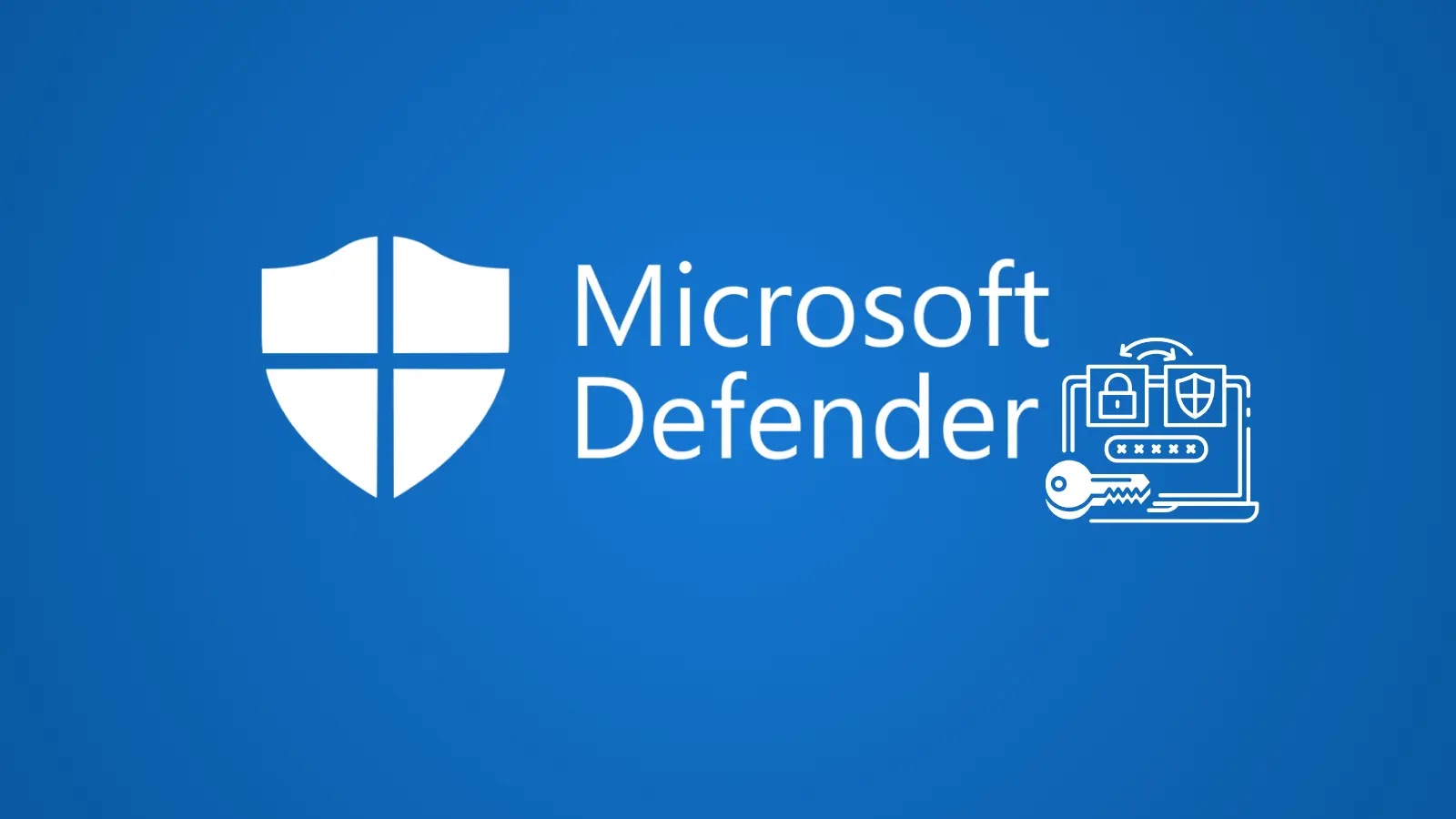
Microsoft Defender Vulnerabilities Allow Attackers to Bypass Authentication and Upload Malicious Files
Unveiling Critical Microsoft Defender Vulnerabilities: A Gateway for Attackers
Microsoft Defender for Endpoint (MDE) plays a critical role in securing organizations against increasingly sophisticated cyber threats. As an integral part of many security stacks, its integrity is paramount. Recent revelations, however, have exposed significant vulnerabilities within MDE’s network communication protocols, presenting a disturbing attack surface that could allow post-breach adversaries to escalate privileges, bypass authentication, and compromise systems with alarming ease. This analysis delves into these critical flaws, highlighting the risk they pose and outlining essential remediation strategies for IT professionals and security analysts.
The Core of the Vulnerabilities: Flaws in Cloud Communication
The vulnerabilities, meticulously detailed by InfoGuard Labs, stem from weaknesses in how Microsoft Defender for Endpoint communicates with its cloud services. This network communication, often unseen by administrators, is a critical component of MDE’s functionality, enabling threat intelligence updates, telemetry reporting, and remote management. The identified flaws essentially create a backdoor, allowing attackers already present within a compromised network to manipulate this communication channel.
- Authentication Bypass: Attackers can circumvent MDE’s authentication mechanisms, potentially gaining unauthorized control over endpoint security features.
- Data Spoofing: Malicious actors can spoof data exchanged between MDE and its cloud back-end, feeding false information to the security console or preventing legitimate threat data from being reported.
- Sensitive Information Disclosure: These vulnerabilities could lead to the disclosure of sensitive data that MDE collects and transmits, providing attackers with valuable insights into an organization’s network.
- Malicious File Uploads: Perhaps most critically, the flaws enable attackers to upload malicious files directly into MDE’s investigation packages. This could be used to deliver custom malware, backdoors, or other harmful payloads, effectively weaponizing the very security tool meant to protect the endpoint.
Impact and Severity: A Post-Breach Attacker’s Advantage
While these vulnerabilities primarily affect post-breach scenarios—meaning an attacker already has a foothold within the network—their impact cannot be understated. Once inside, these flaws provide a powerful means for lateral movement, persistence, and impact. An attacker could:
- Disable MDE’s protective capabilities on specific endpoints.
- Mask their activities by manipulating security logs and alerts.
- Introduce new malware, disguised as legitimate MDE components or investigation data.
- Exfiltrate sensitive data by leveraging MDE’s communication channels.
The ability to upload malicious files directly into investigation packages is particularly concerning, as it allows attackers to bypass traditional endpoint security controls by leveraging a trusted application (MDE itself) for payload delivery.
Relevant CVEs and Technical Details
According to the Infoguard Labs analysis, the specific vulnerabilities identified are tracked under the following Common Vulnerabilities and Exposures (CVE) identifiers:
- CVE-2023-24874: Microsoft Defender for Endpoint Security Feature Bypass Vulnerability. This vulnerability allows an attacker to bypass internal Microsoft Defender for Endpoint protective measures.
- CVE-2023-24875: Microsoft Defender for Endpoint Tampering Vulnerability. This vulnerability enables an attacker to tamper with Microsoft Defender for Endpoint data.
These CVEs highlight the potential for attackers to not only bypass security functions but also to manipulate the integrity of the data collected and reported by MDE, severely undermining its effectiveness.
Remediation Actions and Mitigations
Addressing these vulnerabilities requires a multi-pronged approach, focusing on patching, network segmentation, and robust monitoring.
- Apply Latest MDE Updates: Ensure all Microsoft Defender for Endpoint installations are updated to the latest available versions. Microsoft has released patches to address these specific vulnerabilities. Regular patching is the most critical first step.
- Network Segmentation: Implement strict network segmentation to limit the lateral movement of attackers. If an attacker gains initial access, segmentation can prevent them from reaching other critical systems and reducing the scope of potential MDE exploitation.
- Monitor MDE Telemetry and Alerts: Regularly review MDE alerts and telemetry for unusual activity. Pay close attention to deviations from normal communication patterns or unexpected file uploads to investigation packages. Strengthen your security operations center (SOC) processes around MDE monitoring.
- Implement Least Privilege: Enforce the principle of least privilege for all user accounts and services. This reduces the potential impact if an account is compromised, limiting the attacker’s ability to leverage elevated MDE privileges.
- Integrate with SIEM/SOAR: Forward MDE logs and alerts to a Security Information and Event Management (SIEM) or Security Orchestration, Automation, and Response (SOAR) platform for centralized analysis and automated response. This can help detect subtle indicators of compromise that might otherwise be missed.
- Regular Security Audits: Conduct regular security audits and penetration tests that specifically target the security of your endpoint detection and response (EDR) solutions, including MDE.
Relevant Tools for Detection and Mitigation
| Tool Name | Purpose | Link |
|---|---|---|
| Microsoft 365 Defender Portal | Centralized management, monitoring, and alert analysis for MDE. | https://security.microsoft.com/ |
| Microsoft Defender for Endpoint | Endpoint detection and response (EDR) agent itself, requires updating. | https://www.microsoft.com/en-us/security/business/microsoft-defender-endpoint |
| Security Information and Event Management (SIEM) | Aggregates and analyzes security logs from MDE and other sources for threat detection. (e.g., Splunk, Microsoft Sentinel) | https://www.splunk.com/ |
| Network Intrusion Detection/Prevention Systems (NIDS/NIPS) | Monitors network traffic for suspicious activity, including anomalous MDE communication. | (Varies by vendor, e.g., Snort, Suricata) |
Conclusion
The discovery of critical vulnerabilities in Microsoft Defender for Endpoint underscores the continuous need for vigilance in cybersecurity. While MDE remains a powerful EDR solution, these flaws remind us that even cornerstone security tools can have exploitable weaknesses. Organizations must prioritize applying patches, strengthening network defenses, and diligently monitoring their MDE environments to guard against post-breach exploitation. Proactive defense and rapid response are essential to mitigate the risks posed by these authentication bypass and file upload vulnerabilities.





